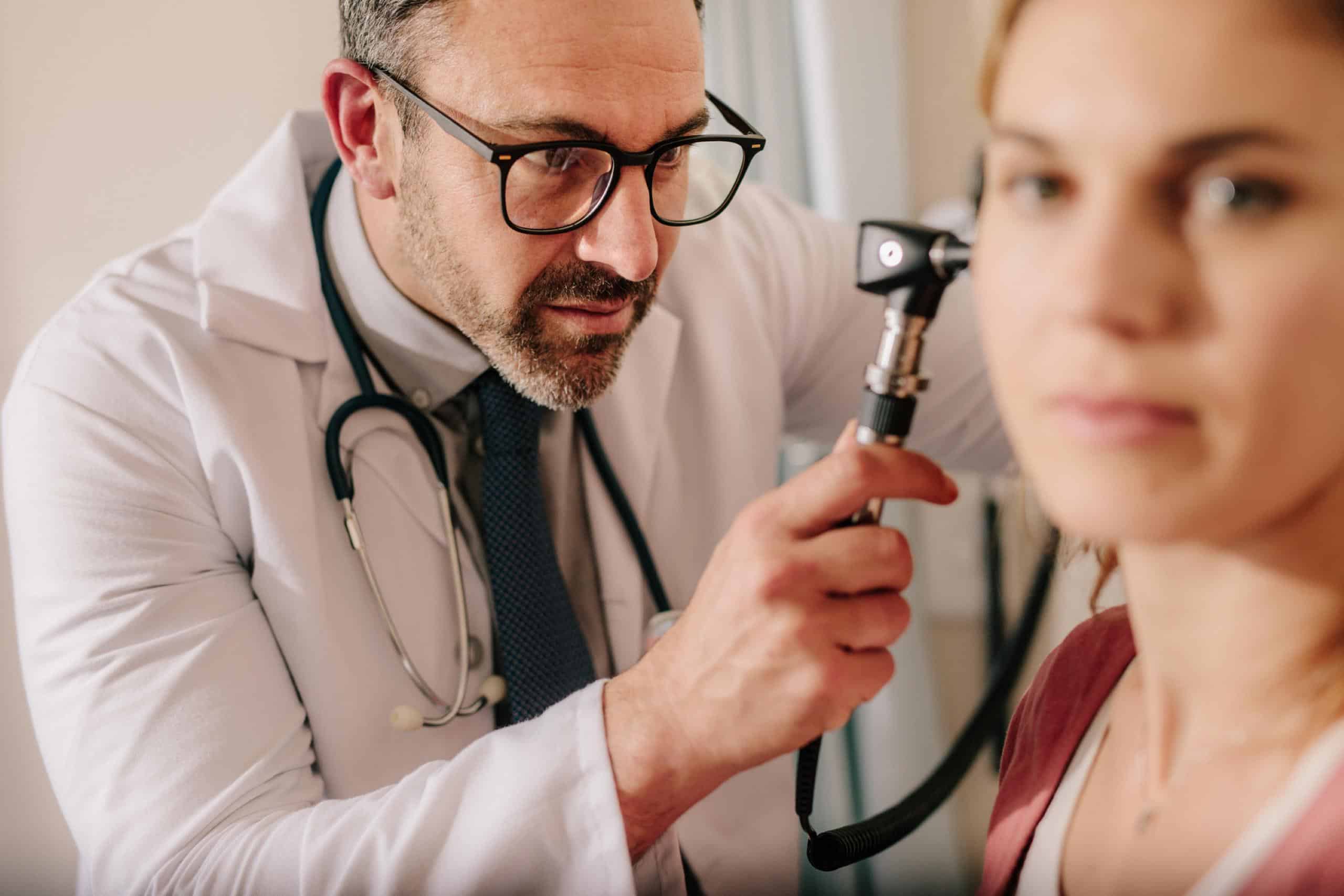Oxford hearing specialists since 1995
What are the benefits of microsuction ear wax removal?
The Pitfalls of DIY Ear Cleaning: Why Your Ears Deserve Professional Care
Ear cleaning might seem like a straightforward job, but the delicate anatomy of your ears suggests otherwise. The ear canal and eardrum are sensitive and complex structures that require careful handling. Attempting to clean your ears without professional guidance can lead to a range of complications, some of which can be quite serious. There are so many devices on the market that entice you to clean your ears with probes and cameras, but what do you know about your ears?
Understanding Ear Anatomy: A Delicate Balance
Your ear is divided into three main sections: the outer ear, middle ear, and inner ear. The outer ear, which includes the ear canal, is lined with thin, sensitive skin. This skin produces cerumen, commonly known as earwax, which plays an essential role in protecting the ear by trapping dirt and debris and preventing bacteria from reaching deeper areas.
The ear canal is not a straight tube but has a slight curve, making it easy to miss parts of the canal if attempting to clean it. The eardrum (tympanic membrane) sits at the end of the ear canal, acting as a barrier to protect the middle and inner ear. It is very thin and fragile, making it susceptible to damage if you’re not careful, this is particularly true for old people.
Common Pitfalls of DIY Ear Cleaning
One of the most common methods people use to clean their ears is cotton buds or car keys! We have all been told a thousand times that inserting objects into the ear can push earwax further inside, potentially Impacted earwax can cause symptoms like hearing loss, earache (otalgia), and a horrible sensation of fullness in the ear, or being underwater.
Moreover, vigorous or deep cleaning can injure the ear canal’s delicate lining. This can lead to abrasions, which increase the risk of infection (otitis externa). In some cases, attempting to clean the ear can result in perforation of the eardrum, which can cause pain, hearing loss, tinnitus (ringing in the ears), and in severe cases, may require surgical intervention to repair.
Potential Side Effects of Improper Ear Cleaning
Earwax Impaction: This can lead to conductive hearing loss, discomfort, and even dizziness (vertigo).
Infection: Small cuts or abrasions in the ear canal can become infected, leading to otitis externa, commonly known as swimmer’s ear.
Eardrum Perforation: A punctured eardrum can result in hearing loss, fluid leakage, and increased vulnerability to infections in the middle ear.
Tinnitus: Damage to the ear canal or eardrum can lead to persistent ringing or buzzing sounds, which can be difficult to treat.
The Professional Approach
To avoid these risks, it’s important to leave ear cleaning to professionals, particularly if you are experiencing symptoms like ear pain, hearing loss, or excessive earwax buildup. A hearing acer professional qualified in Microsuction, an audiologist, or an ENT (ear, nose, and throat) specialist can safely remove earwax and address any underlying issues without causing harm. We use Tympa Health’s state-of-the-art microsuction equipment with Video otoscope for all of our treatments, the peace of mind.
In most cases, the ears will self-clean, and the natural movement of the jaw during talking or chewing helps push old earwax out of the ear canal. Regular cleaning with a soft cloth around the outer ear is usually sufficient.
Your ears are more delicate than you might think, and improper cleaning can do more harm than good. By understanding the risks and choosing professional care when needed, you can protect your ears and preserve your hearing health.
stephanie
Jul 31 2024








